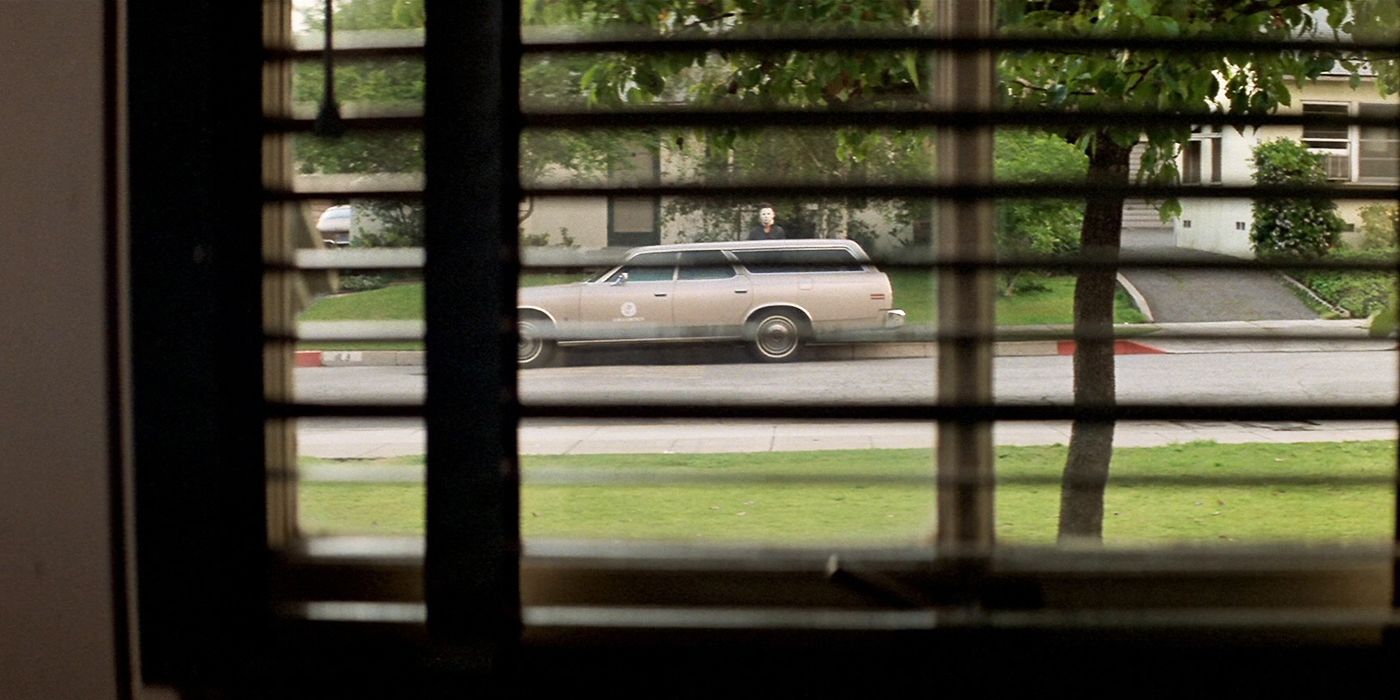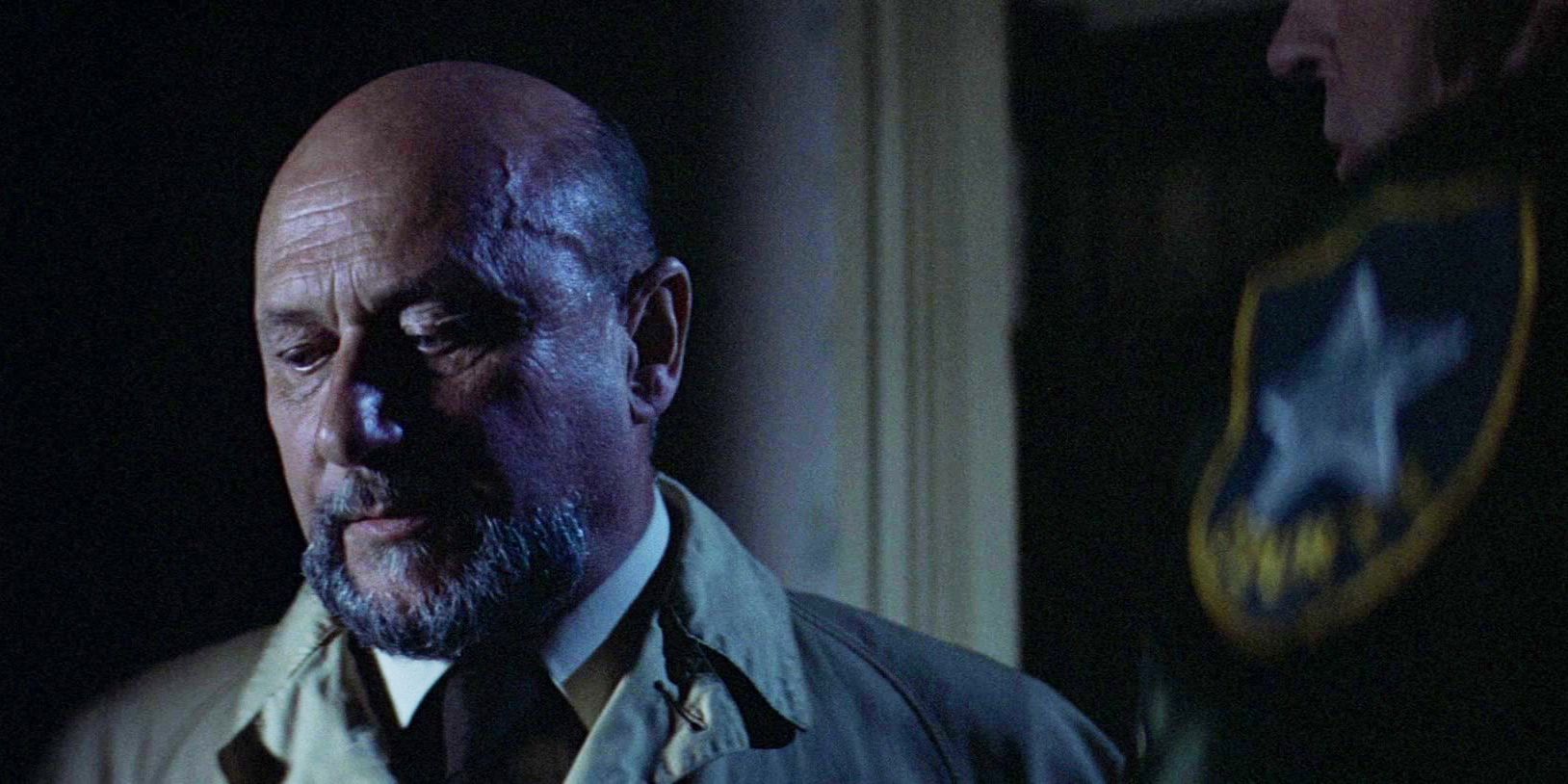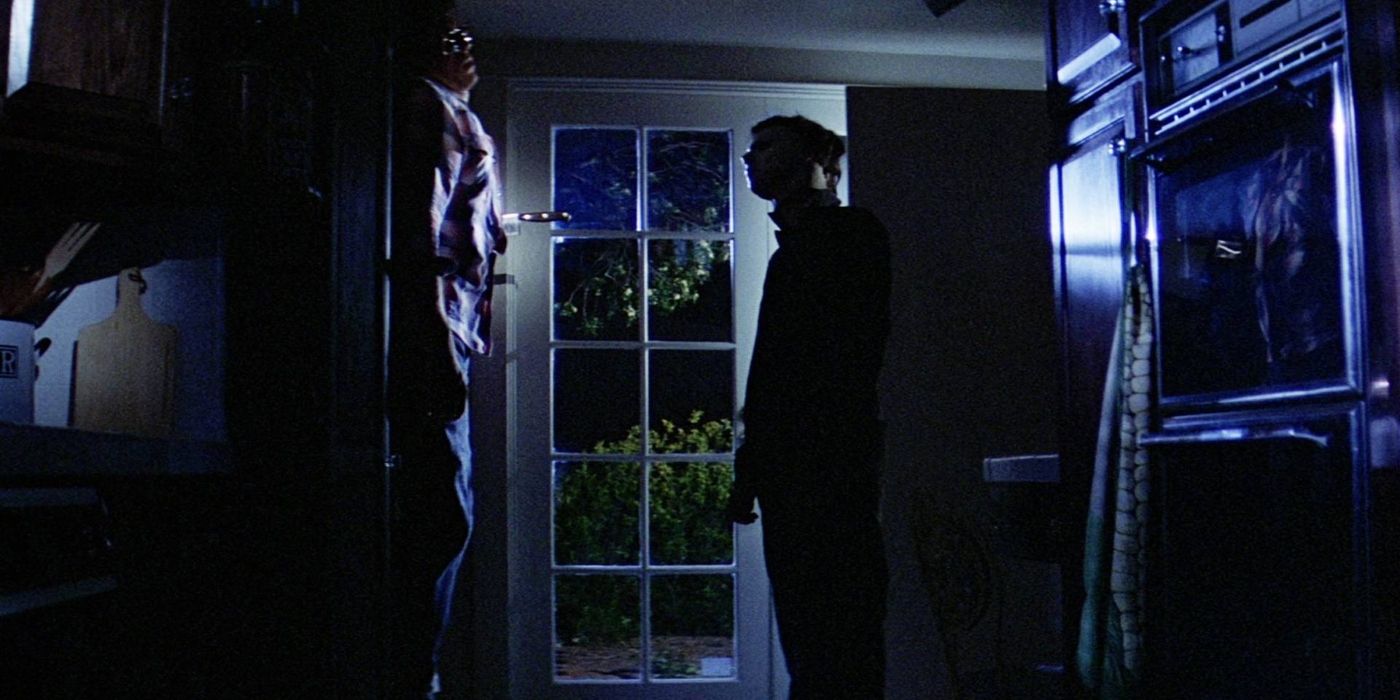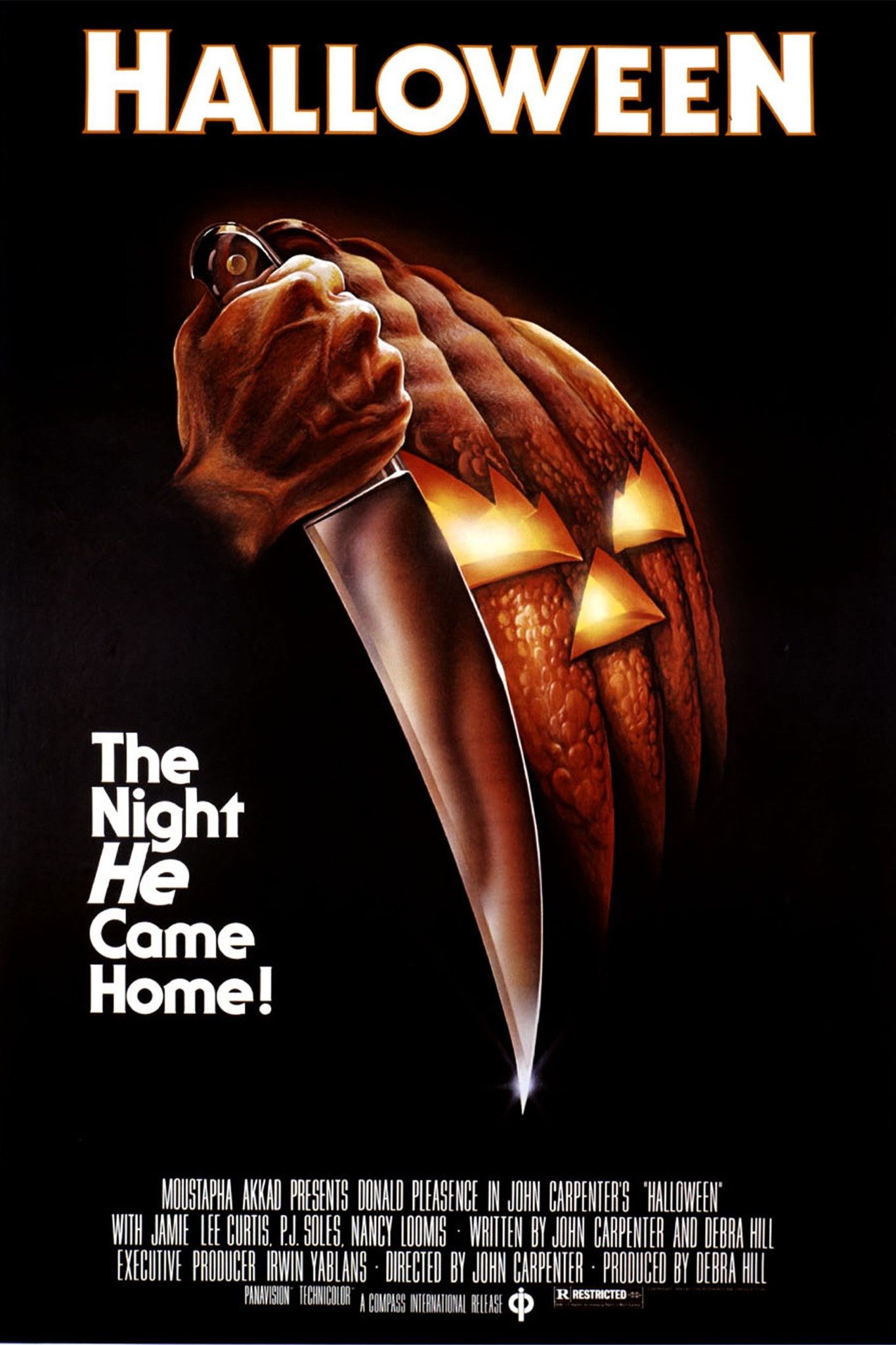Mentions of stalking, murder, and objectification.
Some horror movies became classics thanks to their influence, legacy, and impact on the genre, and among them is John Carpenter’s Halloween, but some harsh realities come up when rewatching it decades later. In 1978, John Carpenter brought the slasher film Halloween, which introduced a new masked slasher villain called Michael Myers. Although it wasn’t well-received by critics during its initial release, Halloween is now one of the most influential horror movies ever made, as it was key in developing the slasher genre in the 1980s.
Halloween took the audience to the town of Haddonfield, Illinois, where, on Halloween night in 1963, six-year-old Michael Myers killed his sister. Fifteen years later, Michael escaped Smith’s Grove Sanitarium and returned to Haddonfield, where he began to stalk Laurie Strode (Jamie Lee Curtis) and her friends on Halloween day (and night). What followed was a series of murders in Haddonfield and Dr. Loomis’ (Donald Pleasence) attempts to find and stop Michael, who he believed was the embodiment of evil. Halloween is an undeniable horror classic, but there are some harsh realities about it and elements that haven’t aged well.
10 A Six-Year-Old Boy Killed His Teenage Sister (For No Reason)
Michael Myers Simply Decided To Kill Judith
Halloween wasted no time in going straight into the triggering event for the whole movie. On Halloween night in 1963, six-year-old Michael Myers was wearing a clown costume and waiting outside his house while his teenage sister, Judith, was making out with her boyfriend. When her boyfriend left, Michael went inside the house, took a knife, and went upstairs to Judith’s room. Judith was surprised and annoyed that her brother came into her room, but he immediately began to stab her, killing her on the spot.
Although subsequent
Halloween
movies and remakes explored Michael’s reasons for killing Judith, Carpenter’s movie never gave a reason.
What followed was Michael being found by his parents outside the house in a state of shock, after which he was taken to Smith’s Grove Sanitarium. There, he became Dr. Loomis’ patient, but he never spoke again. Although subsequent Halloween movies and remakes explored Michael’s reasons for killing Judith, Carpenter’s movie never gave a reason, and a six-year-old boy randomly killing his sister and becoming mute is quite disturbing.
9 Dr. Loomis Was Obsessed With Michael Myers
Dr. Loomis’ “Fascination” Reached Dangerous Levels
Dr. Loomis became Michael Myers’ psychiatrist when he was sent to Smith’s Grove Sanitarium, and he spent years studying him and what could have driven him to kill his sister. Loomis did his best to reach Michael, but he ended up concluding that he was the embodiment of evil. Loomis spent the rest of Michael’s time in Smith’s Grove advocating for him to never be released, and on October 30, 1978, he and Marion Chambers were going to escort Michael from Smith’s Grove to court when Michael escaped.
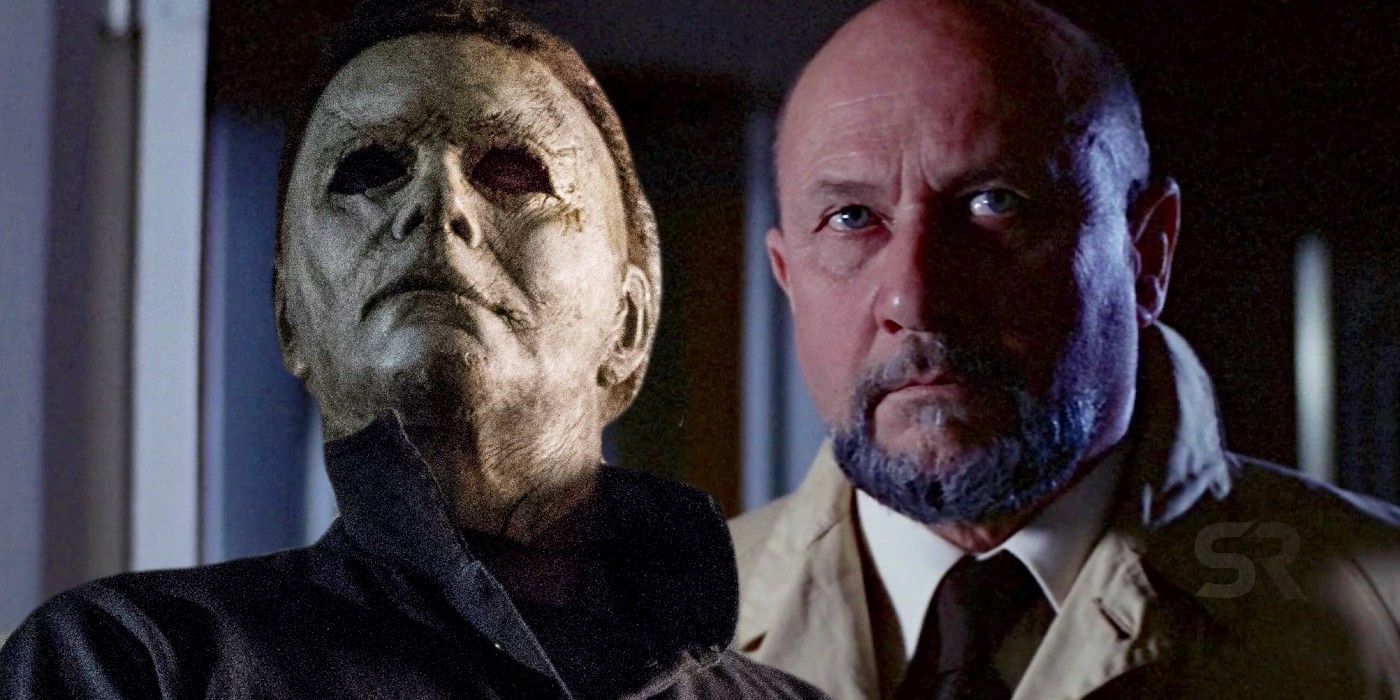
Related
Halloween Theory: Dr. Loomis MADE Michael Myers Into A Killer
Halloween’s killer, Michael Myers, has become part of pop culture, but what if the real villain is actually Dr. Loomis? Let’s take a look.
While it’s understandable that Loomis would have been worried about Michael’s escape and return to Haddonfield as he knew well how dangerous he could be, Loomis’ actions were more of a man obsessed with his patient rather than one who looked to help. Loomis’ obsession was such that his goal was not just to catch Michael but to kill him, which he eventually failed at as, even though he shot his patient and made him fall off a balcony, Michael still escaped (again).
8 Michael Myers Shouldn’t Have Known How To Drive
Halloween 1978 Left A Huge Michael Myers Plot Hole
Halloween infamously left a Michael Myers plot hole that has sparked debate among fans and casual viewers for years. As mentioned above, Michael spent 15 years in Smith’s Grove Sanitarium, meaning that, by the time he escaped, he was 21 years old. Michael Myers spent a large part of his childhood and all his teenage years in Smith’s Grove, so he missed many experiences that children and teenagers normally go through, such as learning how to drive, which he did without a problem when he stole Marion and Loomis’ car.
The 1979
Halloween
novelization explained this by saying Michael learned by watching Loomis drive him to his many hearings.
Later on in Halloween, Dr. Wynn asked Loomis how it could be possible for Michael to drive, to which Loomis exasperatedly replied that someone must have taught him. The 1979 Halloween novelization explained this by saying Michael learned by watching Loomis drive him to his many hearings, but it’s not a generally accepted explanation as the novelization also makes other reveals that contradict the movie. The generally accepted explanation is a theory that suggests Dr. Wynn himself taught him, but that only makes sense in the original timeline after Wynn’s link to the Cult of Thorn is revealed.
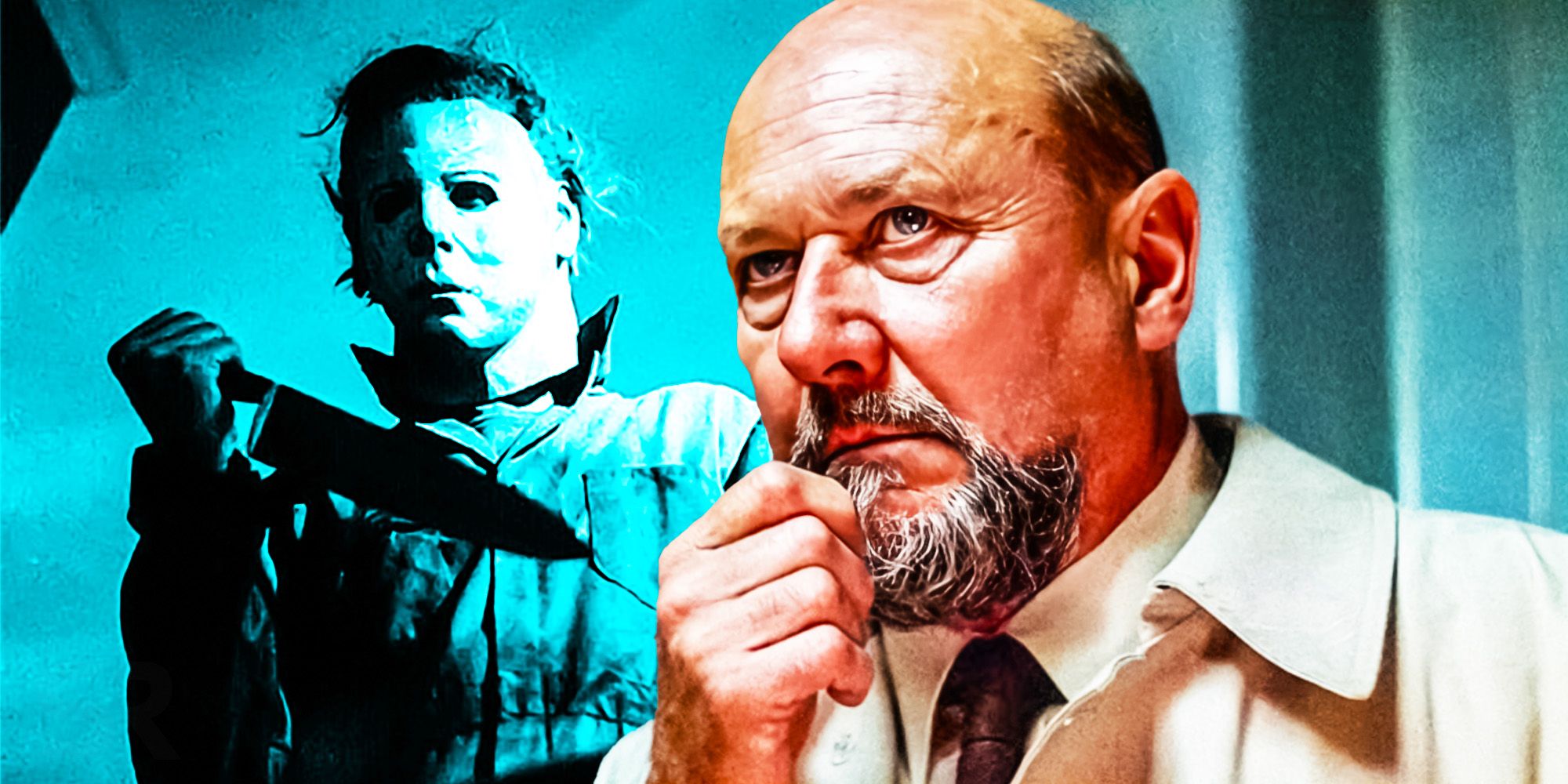
Related
Halloween’s Michael Myers Plot Hole Has Been Fixed Twice (But Differently)
Halloween 1978 left one Michael Myers plot hole that has been debated over the years, but the franchise already fixed it… twice, in different ways.
7 Michael Myers Stalked Laurie Strode
Like, Truly Stalked Laurie Strode Around Town
One of the most disturbing elements in Halloween is Michael Myers stalking Laurie Strode, and it’s not something that gets easier to watch as years go by. What made Michael so terrifying in Halloween is that he didn’t have a reason to do what he did: he didn’t have a reason to kill Judith and he didn’t have a reason to target and stalk Laurie, he simply did. Michael fixated on Laurie from the moment he saw her leaving the key under the door of his old family house, and from then on he followed her around in a stolen car and by foot.
Michael followed Laurie to school and home, and even watched her from her backyard, but perhaps what was most surprising and disturbing was Laurie’s reaction to it. Surely, she was disturbed when she saw him on her way home, but even after seeing him in her backyard, she didn’t call the police nor ask for help (from someone other than her friends, who did nothing to help).
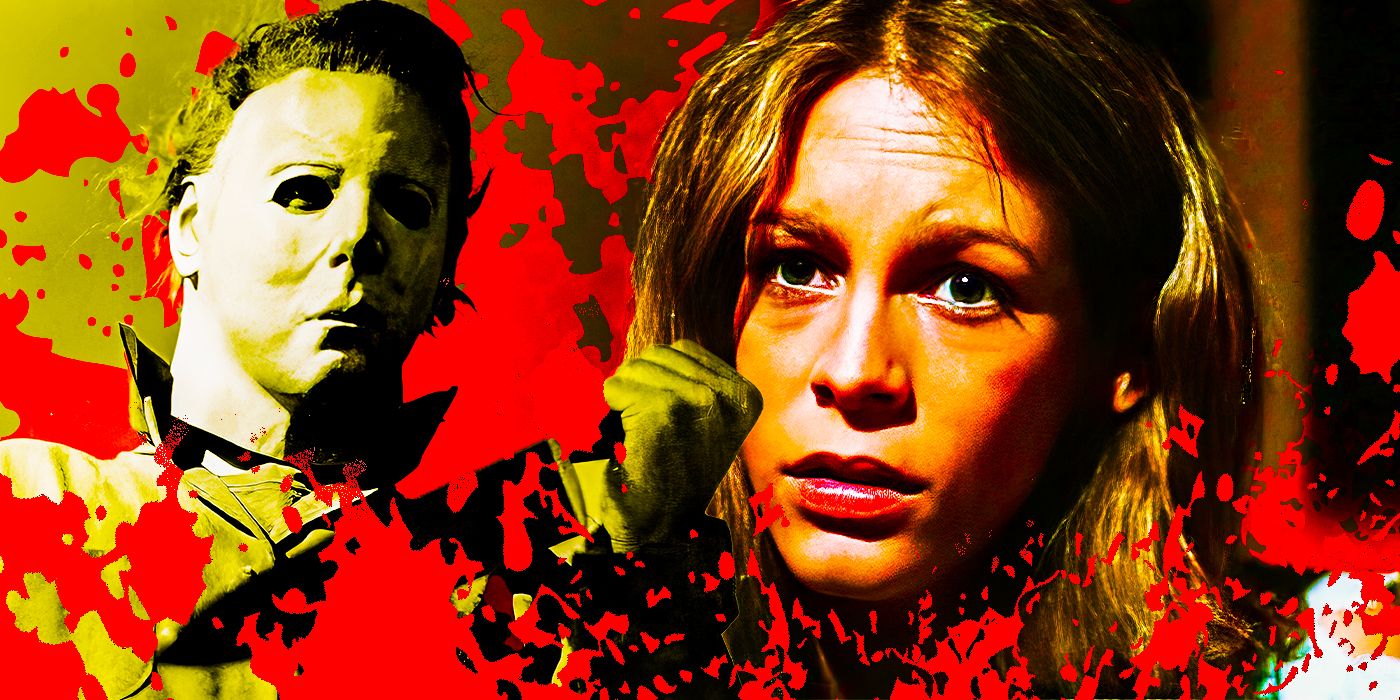
Related
Why Does Michael Myers Want To Kill Laurie? Halloween Killer Motives & Theories
Laurie Strode was Michael Myers’ main target throughout the Halloween franchise, and the saga gave Michael different reasons to go after her.
6 Annie & Lynda Were Terrible Friends To Laurie
Laurie Should Have Gotten Other Friends
Laurie was introduced in Halloween as a top student with excellent grades who was also very shy and introverted. Laurie had two best friends, Annie (Nancy Kyes) and Lynda (P. J. Soles), who were killed by Michael Myers, but before they met such tragic ends, they proved they were terrible friends to Laurie. Annie and Lynda often teased Laurie about her good grades and dedication to studying, as she didn’t party nor did she date guys like they did.
Even when Laurie opened up to Annie about who she would like to go to the school dance with, Annie made fun of her. While this could be seen as two best friends teasing each other, Annie and Lynda had already been mean to Laurie, so Annie’s attitude is seen in a completely different light.
5 Dr. Loomis Isn’t Really Useful
Dr. Loomis Doesn’t Do Much To Help In Haddonfield
Loomis knew Michael Myers like no other, but he wasn’t of much help on Halloween night in 1978. Loomis knew Michael would return to Haddonfield, yet he took too long to get there. Loomis even visited the Haddonfield cemetery and learned Michael had stolen Judith’s tombstone, and later talked to Sheriff Brackett about Michael. Together they went to the Myers house and Loomis stayed there in case Michael returned home… which he had already done that morning.
Still, when he got to the Doyles’ house and saw Michael attacking Laurie, he didn’t help her.
Loomis hid inside the Myers house for a long time, and it wasn’t until he saw the stolen car that he started searching the streets and later saw Tommy and Lindsey running from the house. Still, when he got to the Doyles’ house and saw Michael attacking Laurie, he didn’t help her and, instead, she broke free by pulling Michael’s mask off. Loomis then shot Michael six times and knocked him off the balcony, and that was his big heroic act.
4 Sheriff Brackett Was Also Pretty Useless In Halloween
Sheriff Brackett Brushed Everything Off & Paid A High Price
Unfortunately, the one character who should have done more because of his position of power was Sheriff Brackett, and yet he wasn’t of much use. When Loomis approached Brackett and told him about Michael, Brackett repeatedly waved him off and didn’t take seriously the threat of a murder on the loose in Haddonfield. Even if he didn’t believe Loomis at first, there had already been a robbery and other events in town that should have proven to him that something wrong was going on.
Brackett’s attitude towards the presence of a killer in Haddonfield came at a high price, as he was the father of Laurie’s friend, Annie. Michael targeted Annie and killed her in her car, strangling her and slitting her throat. Brackett returned in Halloween II and was later brought back in Halloween Kills, only to give him a very anticlimactic death along with other Haddonfield residents, including Tommy Doyle.
3 Some Deaths In Halloween Are Nonsensical
As Creative As Michael Myers Was, Some Deaths Made No Sense
Slasher movies get creative with their kills, but even those who do their best to be as realistic as possible have some truly nonsensical deaths. Carpenter’s Halloween fell into this category with some of its kills, and the truth is that they get more and more ridiculous the more you rewatch the movie. Annie’s death inside the car didn’t look realistic and Lynda’s death was also ridiculous, as Michael, posing as Bob and disguised as a ghost with a bedsheet, strangled Lynda with the phone cord while she talked to Laurie.
Bob was attacked and killed by Michael in the kitchen, where Michael pinned him to the wall with a chef’s knife.
The most nonsensical death is, by far, Bob’s. After having sex with Lynda at the Wallaces’ house, Bob went downstairs for a beer. Bob was attacked and killed by Michael in the kitchen, where Michael pinned him to the wall with a chef’s knife. There’s no way that knife could have supported the weight of Bob’s dead body, but it made for a very memorable scene.
2 Halloween Objectifies Its Female Characters
Halloween Went Too Far With Its Female Characters In Some Scenes
Many horror movies, especially slashers, tend to objectify their female characters, and, unfortunately, Halloween is one of the biggest examples of this. Halloween didn’t waste time and did so in its first minutes, choosing to have Judith completely naked when Michael arrived in her room and stabbed her. Then there was Annie, who decided to wash all her clothes after spilling some butter on them, so she walked around in underwear and a white button-up shirt. She also got stuck in a window when trying to get out of the locked laundry room, conveniently showing off her underwear.
Lynda was also shown topless after having sex with Bob, and while this scene could be, to an extent, justified by what had just happened between her and Bob, it’s still an unnecessary moment of nudity along with the above-mentioned moments. Judith’s death would have had the same impact if she hadn’t been naked (the important thing was that she was being killed by her little brother), and there was no need for those scenes with Annie and Lynda.
1 Halloween Isn’t Really Scary (But It’s Still Great)
Halloween’s Jump Scares Don’t Work Anymore
The biggest complaint about John Carpenter’s Halloween is its lack of scares, especially when compared to some of the most popular slashers that came after it. Halloween doesn’t even show blood and its kills aren’t graphic, and the “jump scares” aren’t that effective, even with the now famous sound effects used in them. However, while Halloween isn’t scary in the traditional way of slasher movies, it doesn’t make it any less great.
The horrors of Halloween lie in Michael Myers’ actions and the lack of reasoning behind them: he had no reason to kill Judith and no reason to stalk Laurie and kill her friends. Michael Myers being a silent killer is also quite disturbing, and he moves so slowly yet always catches his targets that it’s hard not to be even a bit scared of coming across someone like him.



